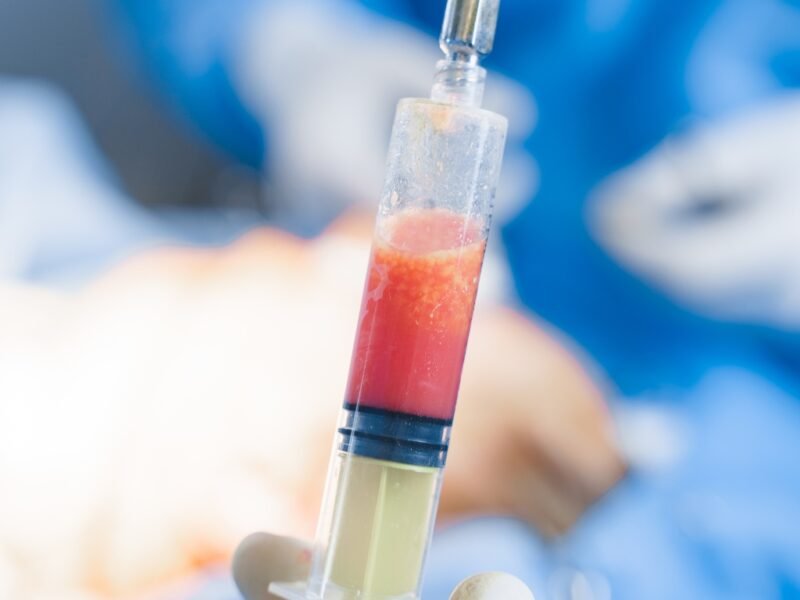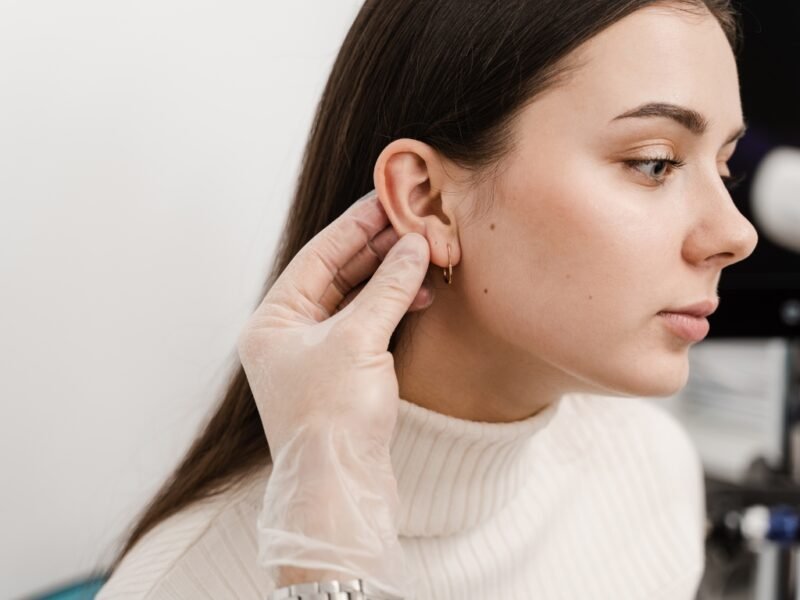Liposuction is a surgical procedure designed to remove localized fat accumulations. It is performed using a thin metal tube inserted under the skin through a small incision, which suctions out excess fat from specific areas of the body. It is a misconception to pursue liposuction solely for weight loss, as it primarily addresses certain localized imperfections.
Liposuction can be performed on various areas of the body:
- Back Liposuction – This procedure helps to quickly and minimally invasively remove excess fat deposits from the shoulder blades, hips, and waist.
- Abdominal Liposuction– Allows the removal of subcutaneous fat accumulated on the abdominal wall and side areas.
- Thigh Liposuction – A plastic surgery procedure that reduces excess fat in the thigh area.
- Hip Liposuction – A corrective procedure aimed at removing fat deposits from the hips.
- Buttocks Liposuction – A modern method for achieving well-defined contours in the buttocks area.
- Calf Liposuction– By removing fat, it makes the legs more slender and graceful.
- Knee Liposuction – Reduces knee volume, reshapes them, and corrects imperfections in the inner and outer knee areas.
- Arm Liposuction – Removes fat deposits from the shoulders, forearms, and underarms.
Surgery
During liposuction, small incisions are made, and a tube is inserted in the subcutaneous area to vacuum out the fat. Depending on the method of fat removal and breakdown, liposuction can be categorized into several types: laser, ultrasound, and tumescent.
Anesthesia
If liposuction is performed on very small areas, local anesthesia may be used. The anesthetic is diluted and injected into the subcutaneous fat. The targeted tissue becomes firm and can be easily removed. This method reduces risks and minimizes blood loss.
General anesthesia is used only if the patient has a significant amount of fat in one area or if there are multiple areas with fat deposits.
Postoperative process
For 1-2 months after liposuction, it is advised to lead a more passive lifestyle, avoid sports, and refrain from lifting heavy objects. You should wear compression garments for about a month. The results of liposuction will not be immediately visible as swelling may be present. Most swelling subsides after about four weeks. To prevent complications and achieve the best results, it’s essential to follow all of your doctor’s instructions.



